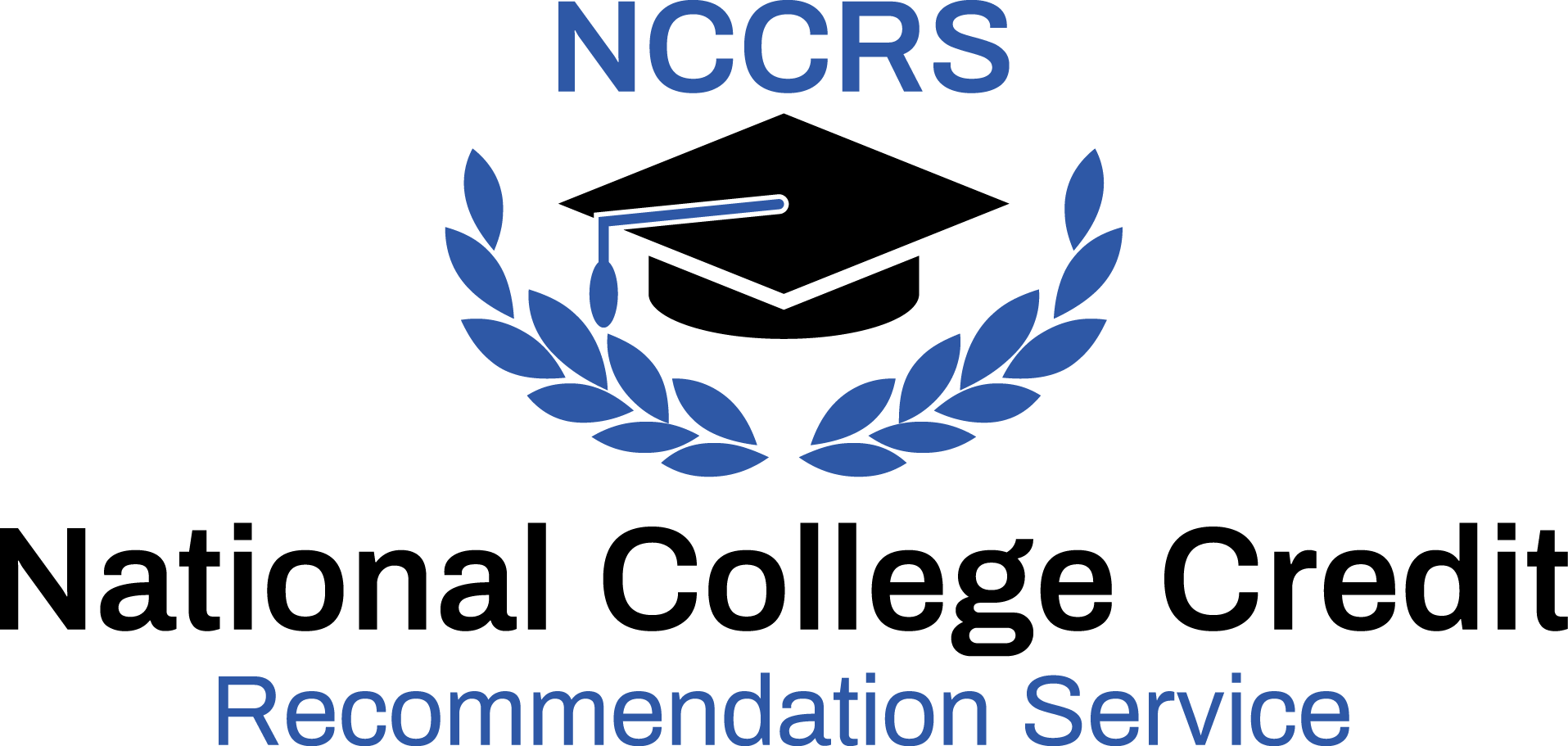By: Tammy Salmon-Stephens
When mapping out your goals, one of the most widely implemented techniques is SMART goals. The acronym SMART stands for Specific, Measurable, Actionable, Rewarding, and Time Specific. It is a methodology that allows one to measure the planning, execution, and progress of a goal and is utilized in business, academia, and personally for strategizing future success.
While popular, SMART goals may not be the best goal setting technique for everyone or in every situation. Sometimes it seems as though it's the only option available, but that doesn't mean it is universally appealing. Perhaps you have tried it and found it was not effective for you, but didn't understand why.
As an educator and industrial engineer by trade, my career has developed over time, through some methodical planning, but that hasn't always been through SMART goals. This perspective has allowed me to identify SMART's specific shortcomings and its limitations in measuring effort and progress. Below are a few deciding factors to note when considering SMART as your measurable goal setting system with these limits in mind.
5 Reasons SMART Goals May Not Work
SMART goals were designed in the early 1980s to communicate business objectives. Over the years, it has been touted by many organizations and has helped many people achieve their goals. However, that doesn't mean it is the only goal setting technique available or the best technique for every situation.
Newer goal setting methods have emerged in recent years, such as PACT (Purposeful, Actionable, Continuous, and Trackable), and others that are more compatible with certain personality types and certain situations. For instance, SMART is more rigid, focusing solely on results and binary outcomes. On the other hand, PACT relies upon the emotional connection to a goal and the reasons that drive you to stay committed to achieving it.
My realization about the tie to emotional connection is so important because every action we perform and every plan we make is tied to some type of emotion; either with us individually or with those we work with when we implement our plans. In my formal STEM training, I was often taught to focus only on facts. I have found that although data and facts are critical, when it comes to putting a plan into action, change is often required. These changes, both inside and outside of the workplace, certainly evoke emotions.
The SMART model is effective in situations where the objective is to achieve a well-defined target within a fully controlled set of circumstances. SMART may be most effective for those who do not take an emotional approach to their process and excel in task-oriented situations. But what about everyone else? And what about situations that require more creativity?
Check out the five reasons why SMART goals may not work.
#1: SMART Doesn’t Allow for Reassessment
The SMART goal model may not provide a clear path for a change in your trajectory due to extenuating circumstances, such as a pandemic. More simply put, with SMART, there is no allocation for a plan B. What is perceivably a "failure" could merely be the first attempt.
With no provision allowed to reassess and try again, there comes an inevitable sense of discouragement. This has led many students to quit before really giving it their best shot. After all, we learn best by trying and failing, reassessing and then trying again.
For instance, it took Thomas Edison thousands of attempts to create the light bulb. In response, he famously said, “I didn’t fail 1,000 times. I have successfully found 1,000 ways not to make a lightbulb.”
The ability to reassess your goals as you progress and learn more about what accomplishing them actually requires is an important step that SMART goals overlook.
#2: SMART Results Are Binary
Some SMART users may feel discouraged upon discovering the model focuses heavily on either achieving your goals or not, with less focus on the critical thinking that is implemented along the way. This can impede progress as you miss or overlook valuable lessons.
For this reason, SMART may not be the best technique for dynamic environments where the experiences drive the completion of a goal forward or those that require strong creativity, without as much focus on the outcome, such as:
-
Improve my leadership skills
-
Increase innovation
-
Design corporate restructuring
-
New business generation
-
Marketing conceptualization
For these types of dynamic, long-term goals, SMART goals' strict binary outcomes aren't ideal. On the other hand, SMART goals are valuable for the next steps after these more creative stages. For example, after you've brainstormed ideas for new business generation using a different goal setting technique, you can use SMART goals to achieve the different approaches.
#3: SMART Doesn’t Include Emotions
In my previous article about the benefits of PACT goals over SMART goals in some situations, I mentioned the missing component of emotion. SMART goals focus on the goal itself and not the journey. That may work for some people, but many of us thrive when tuned into the reasons behind the goal.
With SMART, it's more clear cut--a starting point with an identified ending point-–but no deep consideration of the "why" and "how" that will get you there.
In some environments, no goal at all may be appropriate when you want to explore, play, and innovate without the pressure of producing a result. This applies to artistic environments or for entrepreneurs, which require more exploration to solve problems. In many of those situations, SMART goals would be difficult to create and meet.
#4: SMART Is Not Effective at Measuring Effort
Because of the emphasis placed on the outcome, SMART goals are not as effective when measuring progress or effort. For instance, when trying to improve your health, a lofty goal such as losing 25 pounds may seem to fit the criteria of SMART.
However, because SMART is focused on the outcome and not the process, when you hit the inevitable obstacles along the way, such as not losing the weight as quickly as you’d like to, you’re likely to become frustrated, which increases the likelihood of quitting.
Instead, using PACT goals, or another technique more focused on output, may be more successful, especially for long-term results. As opposed to trying to lose 25 pounds, your goal can be to go to the gym four times a week or to use the treadmill for 30 minutes three times a week. In his book Tiny Habits, BJ Fogg shares a theory that doing a small action every day will change your habits so you ultimately achieve your goal.
These types of goals switch the emphasis from the outcome to the output and can help change behavior that will have a long-lasting impact. These situations also apply to more dynamic environments, such as entrepreneurs or creatives who are looking to make incremental progress rather than achieving a big lofty goal.
#5: Doesn’t Apply to All Environments
One of the most significant points to consider about the SMART model is that it does not take into account conflicting goal circumstances such as ethical, organizational, or environmental.
For example, if the sales team's goal is to increase sales, they may reach out to existing customers asking for upsell opportunities. This increased communication may reduce overall customer satisfaction as they're now being contacted by the sales team and the customer success team. This reduced customer satisfaction goes against customer success's team goal of improving those levels.
Other situations where SMART goals can have a negative impact are:
-
Failing to achieve SMART goals can create a failure mentality, which negatively impacts motivation and performance.
-
You may set more conservative goals to achieve them vs. setting a stretch goal that requires more focus on activity and effort.
-
Realistic goals may not be exciting, which could reduce motivation for your team.
With all of these different scenarios, it can be difficult to determine when to use SMART goals and when to use another technique.
How to Tell if SMART Goals Are Right For You?
There are many situations where SMART goals are the best goal setting technique to use. In the proper environment, for the right team, and in the correct situation, SMART goals can help you achieve great things.
However, when setting your goals, there are some important questions to ask, such as:
-
Does your personality (or the personality of your team) align with SMART goals? For example, SMART does not factor in emotive components of unknown variables. So, if you are someone who is more in tune with your emotions rather than strict outcomes, SMART goals may not be for you.
-
Does your goal require a strict timeline, or are you trying to change behavior? With a strict timeline, SMART goals can be very effective because it is more of a linear process.
-
Is the end goal a binary outcome, or are there different levels of success? If your goal doesn’t need a binary outcome, SMART goals may not be the best solution.
-
Have you tried SMART goals in the past? If you have and they haven’t worked as expected, it may be time to try something new.
-
Do you have the right environment for SMART goals? In other words, have you considered the goals of other teams and how they align with yours? Because of the emphasis on binary outcomes, SMART goals are difficult to align with multiple teams. Instead, focus on collaboration using a variety of goal setting techniques.
Choose the Right Goal Setting Technique for You
In closing, every person's situation is unique, and their methods of planning and accomplishing goals are distinctly their own. The good news, there are options. Even though SMART goals have been the more prominent model for many years, other options are available.
While SMART Goals will undoubtedly remain very popular, that doesn't mean it's best for everyone and every situation. Use the points above to determine if SMART goals are the best approach for you and your situation or if another technique may work best.
This is part two of a three-part series discussing alternatives to SMART goals.

Tammy Salmon-Stephens Bio:
Tammy J. Salmon-Stephens is the Director of the College of EMS Student Success Programs and leads programs to support women and underrepresented minorities in STEM and student success. She is the recipient of several awards related to diversity and inclusion, specifically related to Women in STEM. She focuses her project management and communication skills on programs and events that improve student success in higher education; specifically, through coaching, mentoring, teaching, identity discovery and development, diversity and inclusion, and self-care. Most notable is her leadership to increase access for women in STEM careers, improve processes removing barriers to success, and improved communication processes. She is the co-advisor for the UW-Platteville NSLS Chapter.









